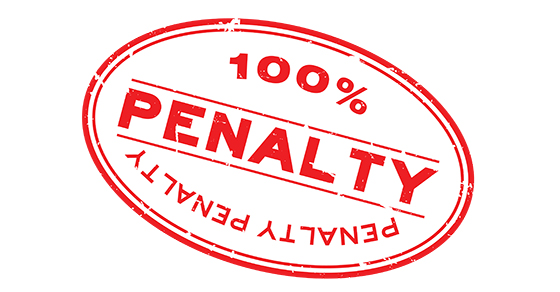
Working capital is the difference between a company’s current assets and current liabilities. For a business to thrive, its working capital must be greater than zero. A positive balance enables the company to meet its short-term cash flow needs and grow.
But too much working capital can be a sign of inefficient management. In general, you want to generate as much income as possible from the money that’s tied up in receivables, inventory, payables and other working capital accounts. Here’s how to find the sweet spot between too little and too much working capital.
Benchmarking performance
Current assets are those that can be easily converted into cash within a 12-month period. Conversely, current liabilities include any obligations due within 12 months, including accounts payable, accrued expenses and notes payable.
In addition to calculating the difference between these two amounts, management may calculate the current ratio (current assets ÷ current liabilities) and the acid-test ratio (cash, receivables and investments ÷ current liabilities). A company’s working capital ratios can be compared over time or against competitors to help gauge performance.
You can also compute turnover ratios for receivables, inventory and payables. For example, the days-in-receivables ratio equals the average accounts receivable balance divided by annual sales times 365 days. This tells you, on average, how long it takes the company to collect customer invoices.
Staying positive
There are three main goals of working capital management:
- To ensure the company has enough cash to cover expenses and debt,
- To minimize the cost of money spent on funding working capital, and
- To maximize investors’ returns on assets and investments.
Maintaining a positive working capital balance requires identifying patterns of activity related to line items within the current asset and liability sections.
Digging deeper
Suppose your company’s current ratio has fallen from 1.5 to 1.2. Is this good or bad? That depends on your circumstances. You’ll need to identify the reasons it’s fallen to determine whether the decline is a sign of an impending cash flow shortage. Often the answer lies in three working capital accounts: 1) accounts receivable, 2) inventory, and 3) accounts payable.
For example, when it comes to collecting from customers, how much time elapses between the recognition of an accounts receivable and its collection? Are certain customers habitually slower to pay than others?
Inventory has significant carrying costs, including storage, insurance, interest, pilferage, and the potential for damage and obsolescence. Has your company established target inventory levels? If so, who within the organization monitors compliance? To avoid running out of materials, companies often hold too much inventory. And it’s often financed through trade debt, which can prove costly over the long term.
With respect to the payment of accounts payable, does your company pay according to the credit terms offered by the vendor? Are there penalties for paying past those terms? It might be time for your company to renegotiate its payment terms.
We can help
Working capital management is as much art as it is science. Contact us to help determine the optimal level of working capital based on the nature of your business. We can help you brainstorm ways to fortify your financial position and operate more efficiently.
© 2019










